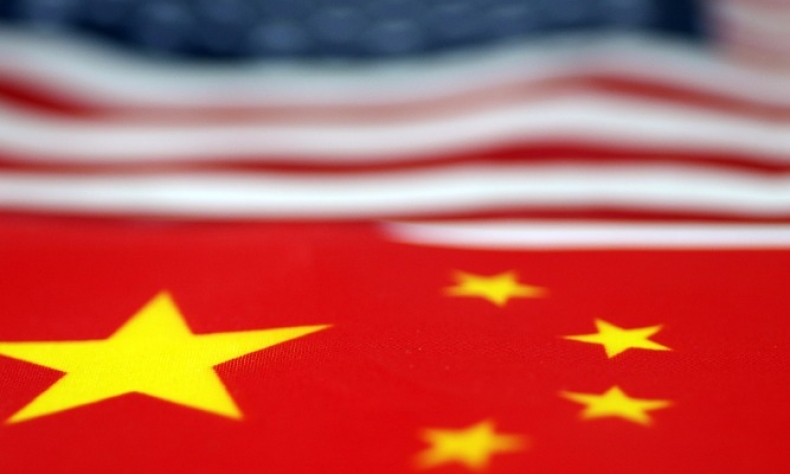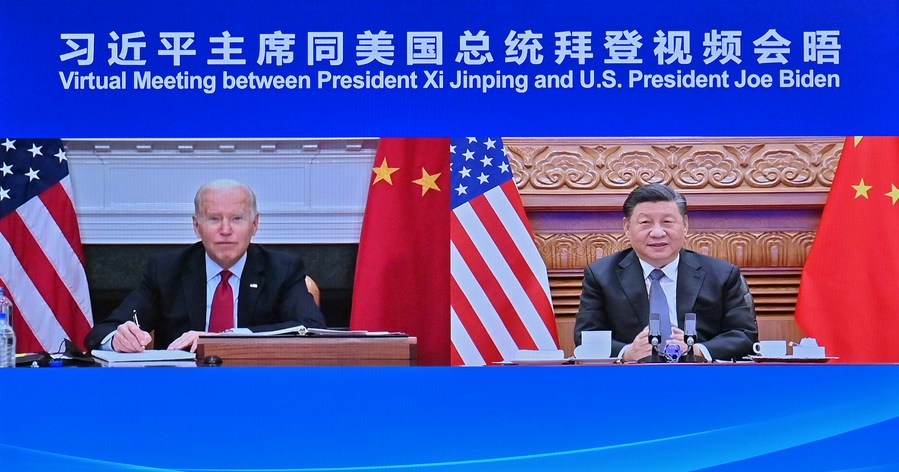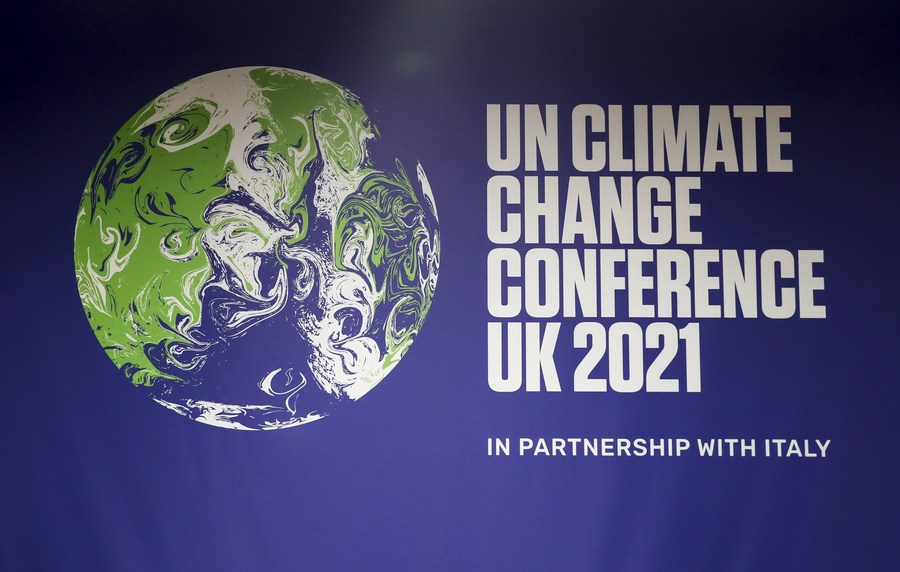Evaluating the Xi-Biden Summit

Since the awful Anchorage meeting earlier this year after the new administration took power, Biden’s approach to China—which I’ve described as a ‘three-headed monster,’ i.e., compete, cooperate, and contain—has appeared tragically clear and doomed to fail.
The virtual summit has come and gone and what has it changed? Virtually nothing. We had good reason to believe that more would be accomplished. Admittedly, the original meeting read-outs were relatively sparse, and new details emerged in the days that followed, indicating that more was said and done than either side initially conveyed. But the key questions facing us now are: Why did we expect more; why didn’t we get it; and what does all of this mean for China-U.S. relations going forward?

What did we expect?
Many experts believed the meeting was taking place because there would be a significant announcement, one that would finally signal a reversal of the U.S.-instigated trade war. Such an announcement seemed imminent for a number of reasons.
First, U.S. Trade Representative Katherine Tai had conceded the trade war was self-defeating, and this was becoming even clearer as it was one of many causes for U.S. inflation and commodity shortages, putting downward pressure on President Joe Biden’s approval ratings, especially as American consumers were heading into the busiest shopping season of the year.
Second, just hours before the meeting took place, Biden finally signed into law one of his long awaited infrastructure bills. A master of sequencing given his long years in Congress and time as vice president, the timing was no coincidence. It was expected that this achievement would give him more political capital for dealing rationally with China.
Third, during the meeting, which exceeded its planned length—also taken as an encouraging sign—it was reported that Janet Yellen, current Secretary of the Treasury and former Fed Chair, was participating, likewise fueling hopes that trade was the cornerstone of the conversation.
Fourth, the U.S. and China had just surprised the world during COP26 with the announcement that they would work together to reduce global emissions and reverse global warming. As a matter of public relations and staging, it was reasonable to conclude that something more, and even something more significant, would be announced after the summit.

Fifth, it should be noted that China appeared less enthusiastic about having a summit this year. This was due in part to the numerous provocations that started during the Donald Trump administration and that in some respects accelerated with Biden—including especially the AUKUS deal and the revelation that U.S. troops were in Taiwan. With President Xi Jinping riding high after a successful Sixth Plenary Session of the 19th Central Committee of the Communist Party of China, COVID-19-containment, comparatively good economic growth, the elimination of extreme poverty and reaching the long-pursued xiaokang society threshold, he had little incentive to participate in a meeting that would yield so little
Why didn’t we get it?
There’s the outside chance that some important deals were reached but will be announced later to minimize political backlash and market disruptions. And we shouldn’t dismiss reports the U.S. asked for help on oil prices and proposed exploring arms control, or that visa restrictions on journalists would be eased by both sides. Some also had inflated expectations. For example, hopes that the Chinese consulate in Houston and the U.S. consulate in Chengdu would soon return were overly optimistic. And no one expected much movement on disputes related to technology or Taiwan.
Nevertheless, the lack of movement on trade still confounds. If we try to understand this from the U.S. side, assuming the U.S. was primarily responsible for stalling on the trade issue, then it’s helpful to consider a keen insight from Gal Luft with the Washington-based Institute for Analysis of Global Security, who opined that the two leaders appeared to have been talking past each other. Luft saw Xi as speaking to history, almost pleading with Biden to rise above the current mess of American domestic politics and to reverse the course on provocations, to instead embrace rationalism and reality in bilateral relations.
In contrast, Luft viewed Biden as pandering to mid-term voters, including anti-China hawks, business interests, environmentalists, human rights groups, and so on. It’s true that the Democrats are vulnerable next year and might lose control of Congress, further imperiling Biden’s domestic agenda and his chances of reelection in 2024. But striking a deal on trade that could be sold as helping U.S. consumers who’ve been paying for Trump’s tariffs on top of other inflationary pressures seemed like a no-brainer.

And yet, Biden probably realized that the anti-trade faction of his own party would revolt and that he’d lose the tenuous support he’d gained from workers in key states during the last election—workers who’d been brainwashed by Trump that their economic woes were China’s fault and not that of greedy American corporates and negligent American governance, including poor reinvestment and social supports, and long-festering social and health woes.
The other possibility, bearing in mind that both might be true, is that the Chinese side simply decided the American terms for resolution were ludicrous. Since the trade war started, China has moved forward with its new development strategy, dual circulation, which aims to make China less dependent on foreign purchases. It has moved quickly to resolve chokepoints as the U.S. tightened tech-related restrictions. Moreover, as the pandemic has demonstrated, the world depends on good Chinese governance and industry—the most advanced industrial system in the world by many accounts was able to accelerate and expand production because China was the first to contain the outbreak and keep it under control while more than a half million perished in the U.S. and its economy and deficit spending went off the rails.
Over the same period of time, China saw its growth rate soar to unexpected highs, attracting inbound FDI in droves, becoming the top destination in the world for global-minded investors. Moreover, RCEP [Regional Comprehensive Economic Partnership], the world’s largest free trade agreement with China as a member, took a major step forward and will come into force January 1, 2022.
Finally, prospects for American recovery seem shaky at best, particularly with reports that Chinese investors are dumping U.S. dollars amid global concerns about U.S. economic stability. U.S. inflation just hit a 31-year high, and outside of resolving the trade dispute, there is no easy mix of fiscal or monetary policies to resolve this problem that won’t in turn produce clear losers, whether workers or corporates, almost ensuring the Democrats will lose next year. So why help Biden on trade when he has done so much to provoke on other fronts, and when the economic benefit to China might not be worth the cost, and the political cost unbearable?

What comes next?
Since the awful Anchorage meeting earlier this year after the new administration took power, Biden’s approach to China—which I’ve described as a “three-headed monster,” i.e., compete, cooperate, and contain—has appeared tragically clear and doomed to fail. I concluded in a previous article that this strategy wouldn’t work because “a) actually balancing these three schizoid approaches is quite difficult, all the more so because b) China isn’t playing along like it used to, and c) American allies are facing their own challenges and like the American people themselves, don’t have much faith in the U.S. anymore.”
But above all, Beijing has warned for some time that this wouldn’t work. That trying to use Taiwan as leverage in bilateral relations would fail, as would other efforts, like the QUAD, AUKUS, B3W, and so on. Except in cases where it clearly benefits Beijing, China isn’t interested in dealing with this triple approach—one, headed by current Secretary of State Antony Blinken, seeking containment; the second, headed by National Security Advisor, Jake Sullivan, emphasizing competition; and the third, headed by Climate Czar John Kerry, the other “secretary of state,” negotiating the climate deal and serving as the one reliable conduit for growing Chinese frustrations.
If we don’t see some sort of resolution on trade in the near term, then we’ll have to conclude that Biden’s strategy has failed and his presidency likely will, too. He’ll then face the uncomfortable position of either backtracking in ways that will expose him politically at home or doubling down on competition and containment. Both approaches seem unwinnable given the current circumstances, and both risk opening the door to the Republicans retaking Congress next year and perhaps the White House in three. And if Biden hopes the Chinese see this as a type of extortion, in other words, “deal with us or see worse return,” that probably won’t work either. Indeed, after Trump, who in the world believes that Republicans pose a greater danger to the Chinese rejuvenation than they do to U.S. recovery?
The author is a professor of politics and international relations at East China Normal University in Shanghai.
 Facebook
Facebook
 Twitter
Twitter
 Linkedin
Linkedin
 Google +
Google +










